Buttermilk Pie Dough
- October 14, 2019
- 5 / 5
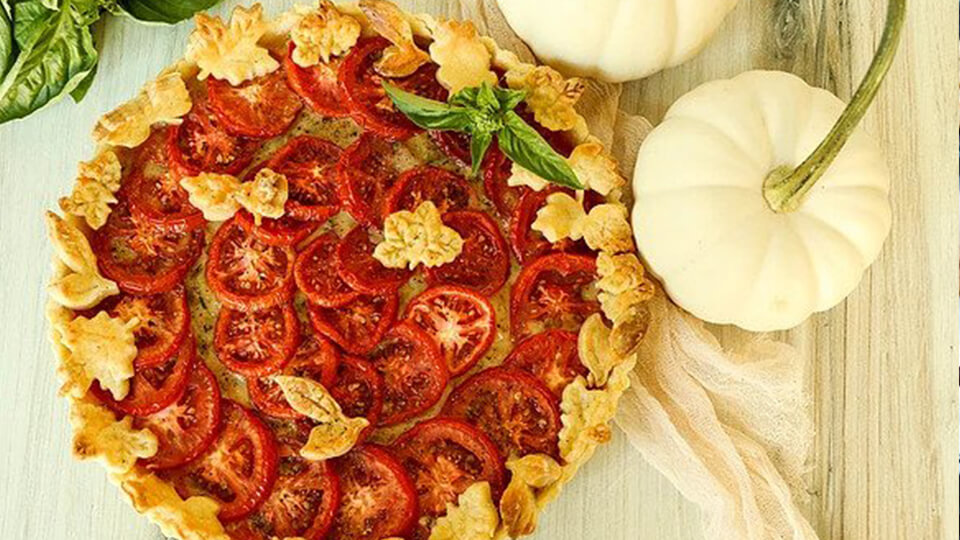
This Buttermilk Pie Dough is a very simple crust to make (and I say that with humility because I am not the best pie-crust maker). It’s hands-on…you use your fingers to blend the chilled butter into the flour mix. A quick knead, a little time in the fridge, and you’re off to the races! Don’t be frightened off by the lengthy instructions. Most of it is about blending the dough. But as you can see, there are only 5 ingredients!!
Once you’ve blended the butter in and let it sit in the fridge a bit, you can easily roll this dough out. Some doughs are difficult…they break, tear or don’t lift easily into the tart pan. Not this one. It’s actually very sturdy. But once baked, it’s flaky and light and has a wonderful flavor!
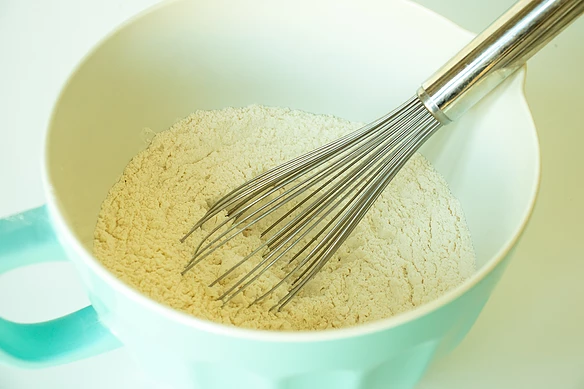
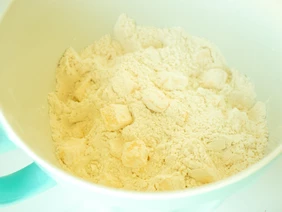
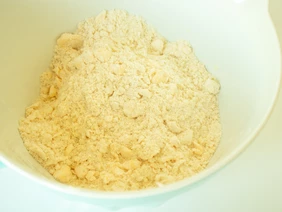
I love to decorate the crust as well. Pick up some pie crust cutters and you’re all set! Make sure you flour your work surface as well as your cutters. That will help the dough release easily.
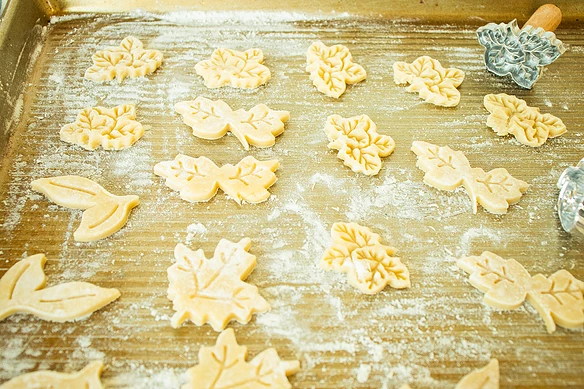
Share Your Thoughts...
Buttermilk Pie Dough
Makes: 2 single-crust pies or one double-crust pie
Prep Time: 30 minutes
Total Time: 1 hour & 30 minutes includes chill time
Ingredients
- 3 cups unbleached all-purpose flour, additional for rolling
- 1 tsp kosher salt
- 2 tbsp sugar
- 1/2 pound unsalted European style butter, cut into
- 1/2-inch cubes and chilled
- 1/2 cup chilled buttermilk
Instructions
In a large deep mixing bowl combine flour, salt, and sugar. Bring pre-cut butter to room temperature for a few minutes and add all at once into flour mixture. Toss until each piece of butter is coated. Using your hands, break butter into the flour by pressing it between your index finger and thumbs while using a slow snapping or sliding motion. It will create large flattened shards of butter covered in flour. Rotate through all the pieces of butter until they have all been fully flattened out and well coated. There should not be any large pieces of butter left and the mixture should look shaggy at this stage.
Using your hands, level the flour mixture and create a slight well in the center. For even distribution use a pour spout liquid measure to drizzle small amounts of chilled buttermilk all over the center of the flour. Using your hands toss mixture from the side to the top in order to keep liquid away from your hands and from touching the bowl; buttermilk should be incorporated rather than all over your hands or creating wet spots on the bowl. Wait until buttermilk is fully absorbed before each addition. Keep mixing with your hands and eventually squeeze the mixture together in your fist to test the consistency, it should just stick together.
Spread a light dusting of flour on a clean surface and knead the dough 5 to 7 turns until it forms a ball. The dough will be slightly wet so add flour as needed to prevent sticking. Don’t be afraid to knead the dough until it’s smooth and all the loose bits are incorporated. Lightly coat the dough all over with flour. Cut the dough in two pieces, about 1/3 and 2/3 ratio. Place cut side down onto plastic wrap; tightly wrap and form the smaller piece into a flattened round about 1-inch thick, ideal for the base of your pie. Form the larger piece into a flattened rectangle also 1-inch thick. Chill for one hour to rest, at minimum 20 minutes. Bring dough to room temperature for a few minutes before rolling.
Dust surface and rolling pin with flour. This dough is well hydrated, so no need to be worried about adding additional flour; just use when needed so that it doesn’t stick to surface or rolling pin. Roll smaller round into a circle between 1/8 to 1⁄4-inch thickness. Roll from the center outwards and lighten pressure of the rolling pin before you reach the edge, this keeps the thickness even. Slightly turn pastry after each roll to prevent sticking and sprinkle additional flour under the dough or on top when needed. When the pastry begins to flatten out, concentrate the rolling pin movement in an upward and circular motion mimicking the curve of the dough, again lightening pressure before reaching the edge, this helps keep it round. When dough is larger than the size of your pie dish, gently fold into quarters and place inside the pie dish. Ensure it is well centered and nestled into the corners without stretching to prevent shrinkage while baking. Using your dominant hand, take the flat part of your upper index finger and gently press the dough into the base corners of the pie dish, while the other hand gently lifts each edge of dough to ensure it is not being stretched.
For a classic crimp, trim dough 1⁄2-inch past the rim, reserving leftover pieces of dough. Fold under and crimp using the thumb of your dominant hand while pushing into the index finger and thumb of your other hand forming a subtle v-shape. Place pie dish and dough trimmings on rimmed sheet pan, and chill in refrigerator while you roll your second piece of dough into a rectangle. Use dough to make a dough crust, long strips for a lattice or use pie cutters to create embellishment pieces. Leftover trimmings from the base crust can be rolled out to be used with a pie cutter.
Chef’s Note:
Make a double batch of pie dough and label the plastic wrap with the date for future use. You’ll make your next pie in half the time. Keep dough tightly wrapped up to 5 days in the fridge or up to 3 months in the freezer. Thaw frozen dough in the refrigerator overnight.
Recipe by Judy Kim
Ingredients
You May Also Like
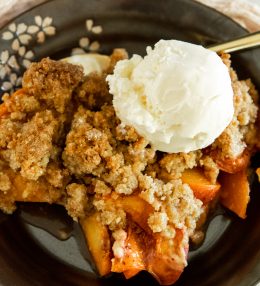


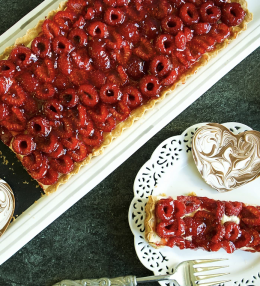
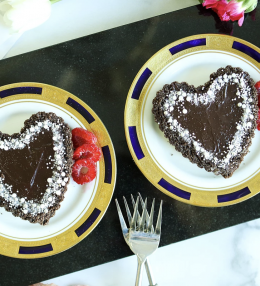
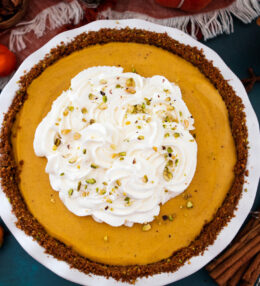
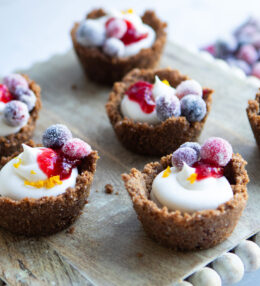

 Fudgy Baked Chocolate Donuts are irresis
Fudgy Baked Chocolate Donuts are irresis




 Perfect for Game Day, this Sweet an
Perfect for Game Day, this Sweet an

 Grilled Honey Mustard Chicken with Peach
Grilled Honey Mustard Chicken with Peach 
 This gorgeous Lemon Cream Cheese Cake is ever
This gorgeous Lemon Cream Cheese Cake is ever


 These slightly charred Soy Sauce Pan-Fried No
These slightly charred Soy Sauce Pan-Fried No


Recipe Reviews